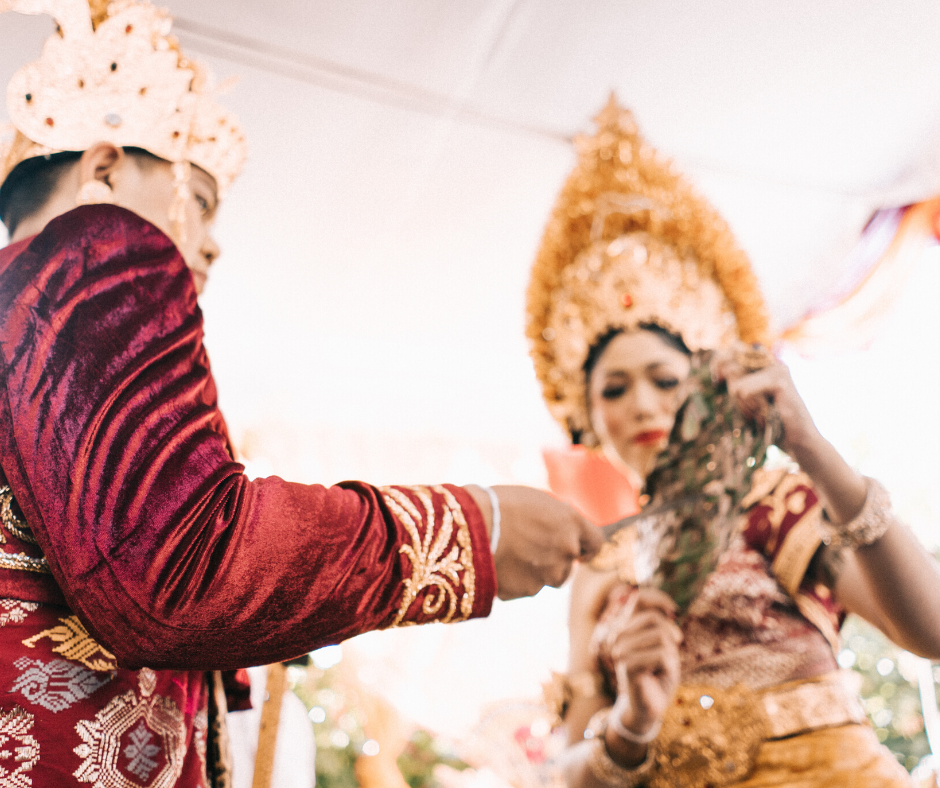There are many traditional concepts surrounding marriage and what elements are to be involved on your wedding day, no matter where in the world you live or engage in a particular religion, each wedding has one factor that is in common…
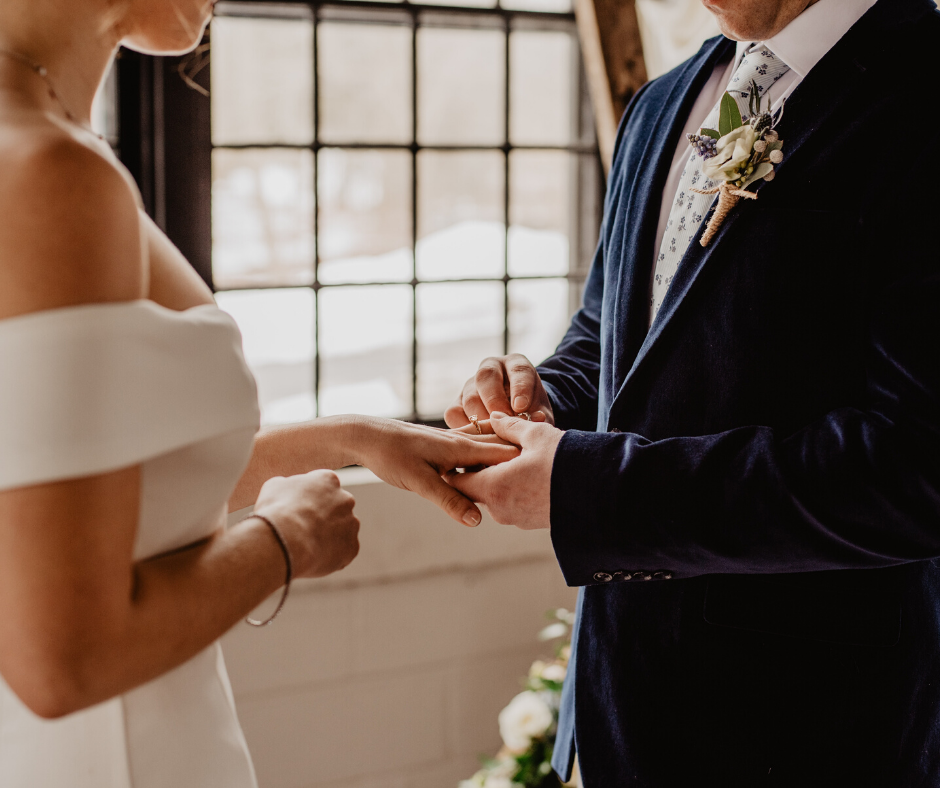
What marriage represents.
The alignment of bringing two families to connect as one. Having your best friend by your side to grow with, the support and encouragement throughout all difficult and triumphant moments and having that soul connection that is magnetised to each other.
After speaking with some couples that are either currently engaged, in a long-term marriage, or newlywedded; The one quote that grabbed our attention the most was…. ‘I could literally hang out with you for the rest of my life’. Happiness wins guys!
With marriage meaning so many different things to so many different people all around the world, we want to share some enlightenment on what wedding traditions are and why we implement them into our modern-day weddings.
Here are 5 traditional wedding facts, you might be implementing into your big day without knowing truly why.
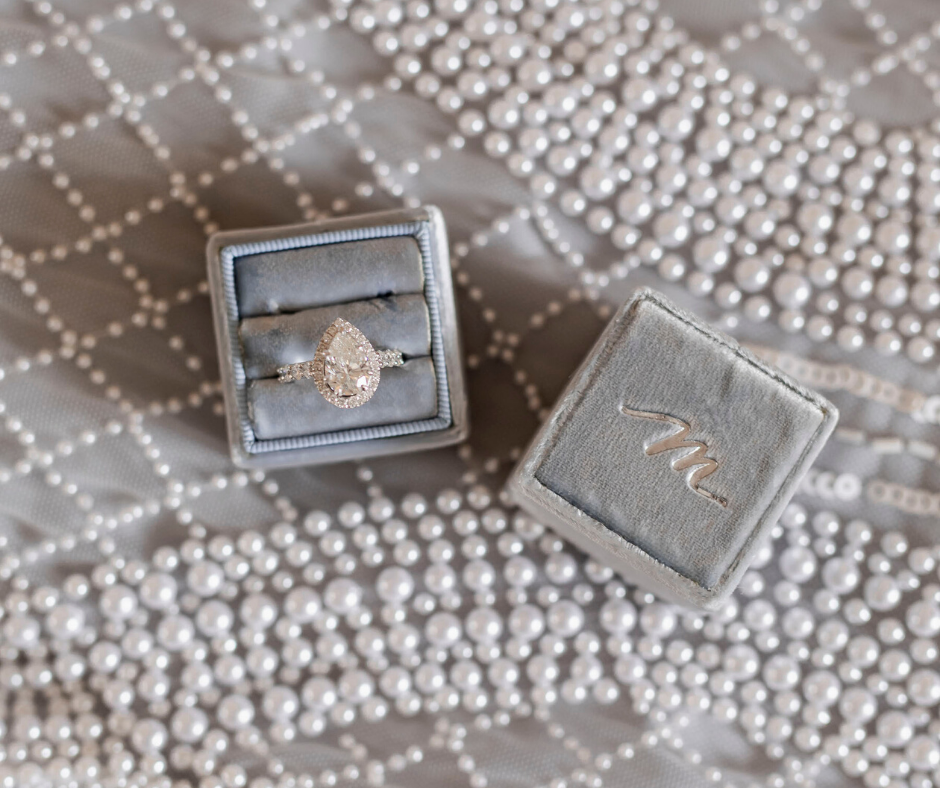
1. The Ring.
The symbol of union, the symbol of devotion, connection, and agreement between two humans to love and cherish one another for eternity. The ring that you choose, is placed on your fourth finger by your spouse on your wedding day and is worn to show that your union is of great significance to you. It’s a sign of respect for your partner and testimony of your marital status. The circular shape signifies that it is eternally continual, it’s the constant reminder of the commitment, faithfulness, and the promises you vowed to your spouse.
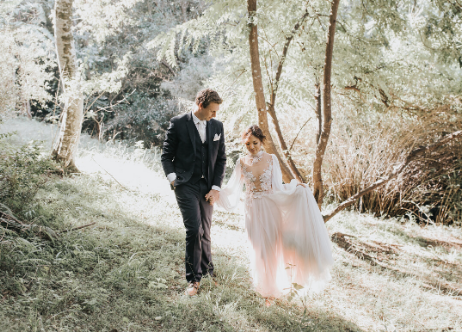
2. The Term “Wedding”.
Traditionally brides were either kidnapped, purchased/traded, or made to marry to keep the bloodlines thick running in the family or to bring in wealth or power to one’s family. Whatever the true cause, it was perceived to benefit the surrounding families involved.
Marriage by purchase was actually the preferred method of obtaining a wife. Grooms would vow to marry the woman but whatever was the agreed-upon “bride price” was, was to be paid to the bride’s father in return of the daughter and/or a position into the family.
In today’s modern marriage traditions, we opt to throw most traditions out the door like this one and choose a partner based on the soul connection and commitment to look after one another for the rest of our lives. Of course, there are still many wedding traditions/cultures in place all over the world. Here in Australia, we are part of the lucky countries that have evolved to learn exactly what we are looking for in a life partner and search and find for exactly that.
Here at Mask Events, we are true believers of soul connection and choosing that partner that magnetizes to you for all the unknown reasons. We love to embrace that, and it is very evident through our wedding events that we genuinely thrive off knowing the raw love story that brings to people together and re-creating that journey throughout their wedding day.
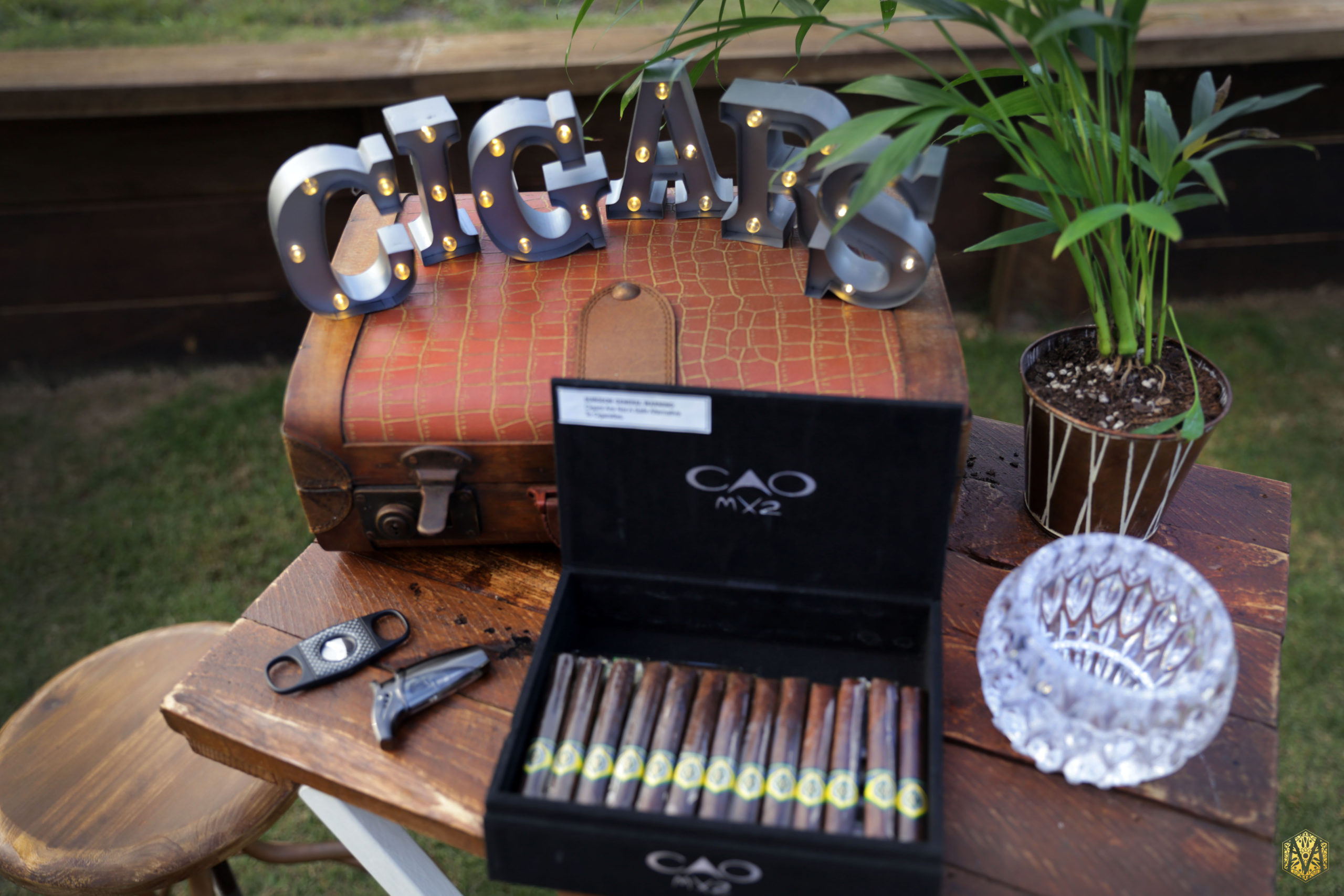
3. Buck’s Night.
In the time of Sparta during the height of the Greek civilization, soldiers were the first to hold stag parties. The groom would have a party for his friends the night before he was to marry to bid farewell to his bachelorhood and pledge his continued allegiance to his comrades on the battlefield.

4. The white dress and matching attire
Prior to the 1500s, a woman simply wore her best dress or a new dress without regard to the colour. A white wedding dress was thought to symbolizes, light, innocence, purity, and virginity. It is considered to be the colour of perfection. Throughout history, the wedding dress came to represent the end of a woman’s identity as an individual and represent the move into becoming a dependant wife.
The tradition of “something old, new, borrowed and blue” first derived from the English. Something old signifying continuity, this could have been a treasured family heirloom. Something new, signifying optimism of the future. Something borrowed was to signify future happiness from a family relative or friend. Something blue, signifying modesty, fidelity, and love. In early biblical times, blue – not white – symbolised purity. Both bride and groom usually wore a band of blue material around the bottom of their wedding attire, hence where, starting the tradition of “something blue”. Well, just in case of a superstition dark curse that may have been cast upon the couple.

- “What side are we supposed to stand?”
A question we get asked at nearly every ceremony rehearsal. “Which side am I supposed to stand?” My answer, where do you and your partner feel most comfortable together? Today there is no right/wrong way to do marriage. Strong cultural wedding processionals will vary with, family influence and/or religious practices, but where did the perfect stance derive from?
After walking down the aisle, the bride would usually take her place on the left side of the altar. This tradition dates to the middle ages, when the groom kept their sword-fighting right hand open and ready to combat any ‘evil spirits’ that tried to come and kidnap or place a curse on the bride. Thankfully, marriage by capture and the superstition of black magic is no longer practiced, however, brides still often gravitate to the left side at the ceremony and it is widely recognised, but not entirely necessary.
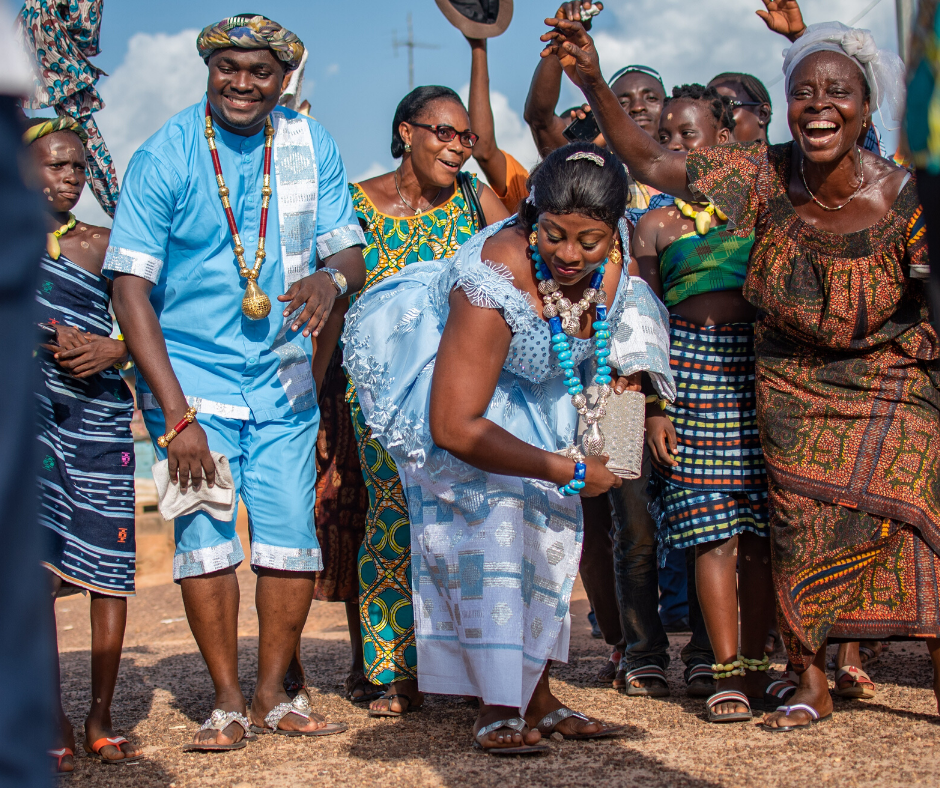
Just us sharing the meaning behind wedding traditions and why we incorporate them into our modern-day wedding. We love a great wedding celebration so whether you have all the people to witness or it’s just the two of you tying the knot. Mask Events offers a wide range of knowledge on wedding traditions and how we can implement your individual characteristics to tie in perfectly to create your own unique communion.
